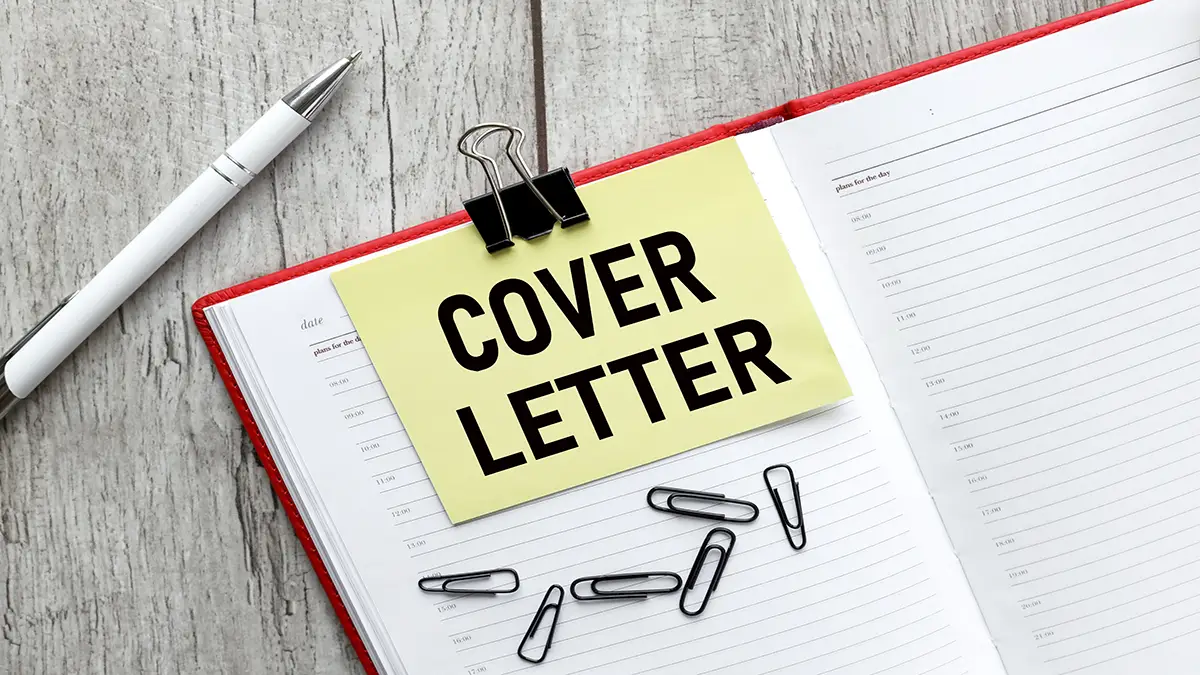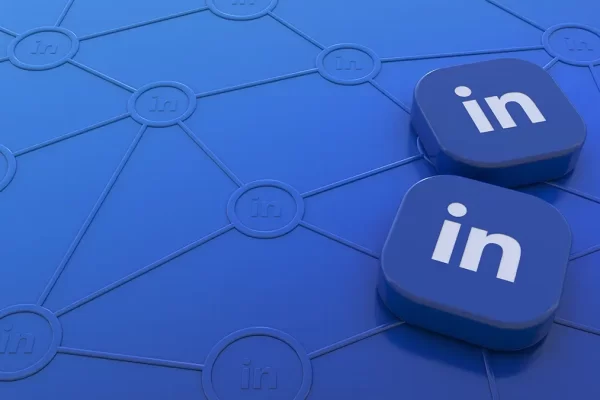
Let’s get one thing straight:
Yes, cover letters still matter.
No, they shouldn’t sound like they did in 2005.
In today’s executive job market, the new cover letter isn’t really a letter at all. It’s an executive e-letter: sharp, forward-looking, and strategically network-oriented.
It’s no longer a formal resume recap. It’s your chance to raise eyebrows, challenge assumptions, and offer insight the reader didn’t even know they needed. Think of it as a soft pitch with sharp thinking—designed not just to inform, but to provoke interest and tease the real conversation.
Here’s what today’s executive letter needs to do (and why the best leaders still send one):
1. Lead with the Future, Not the Past
The old way:
“I am writing to express interest in the position of…”
The new way:
“I see opportunity where most overlook it—especially at the intersection of growth strategy and operational execution. That’s where I’ve spent the last decade building outcomes CEOs care about.”
You’re not applying. You’re aligning.
Start with insight, foresight, or a fresh take on a business challenge the company might be facing. Show them you’re already thinking like an insider.
2. Make Your Brand Palpable in Seconds
Most executives assume their resume is their brand. It isn’t.
The e-letter is your first opportunity to bring that brand to life—briefly, boldly, and with voice.
✔ What are you known for?
✔ What’s your leadership edge?
✔ Why you, now?
Whether it’s cultural transformation, cross-border expansion, or monetizing innovation—you should own it out loud in this letter.
3. Include What Matters (Not Everything)
There are a few non-negotiables even in this modern format:
✅ Your current role and company
✅ A clear nod to your leadership forte or signature achievement area
✅ A confident value promise (not a wishlist)
Example:
“As Chief Marketing Officer of a $1.2B PE-backed brand, I’ve led initiatives that doubled digital conversion and turned stagnant customer bases into vocal brand advocates. I don’t just modernize brands—I operationalize growth through marketing.”
4. Tease the Resume—Don’t Echo It
Your e-letter should spark curiosity, not provide a table of contents.
It should make the reader think, “I want to see how they back this up,” not “I just read their resume again.”
Think insight over info. Thought-starter over template.
5. Don’t Sell. Signal.
You’re not trying to close the deal in one page.
You’re signaling alignment, value, and presence.
Even when responding to a job posting, the best cover letters read like they weren’t written just to get the job—they read like they were written by someone who already understands the business, the stakes, and the opportunity.
6. Tailor It—but Stay Scalable
Personalization still matters. But at the executive level, we don’t need gimmicky intros or name-dropping.
Instead, tailor your framing:
Highlight something about their trajectory you admire
Make a well-placed comment on why now is the right time for a shift
Reference industry trends you’re watching closely
Final Thought: The Best E-Letters Don’t Chase Openings—They Create Them
Here’s the truth:
The right letter sent to the right person at the right time?
It creates new conversations. New roles. New futures.
Whether you’re applying to a posted role, reaching out cold, or responding to a warm lead, your e-letter is a networking device—not a formality.
Done well, it signals intelligence, presence, and value.
Done poorly (or skipped entirely), it’s a missed opportunity to influence the conversation before it begins.
This is not about tradition. This is about advantage.





